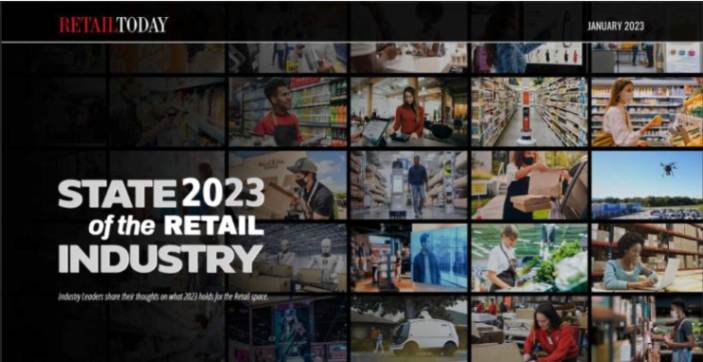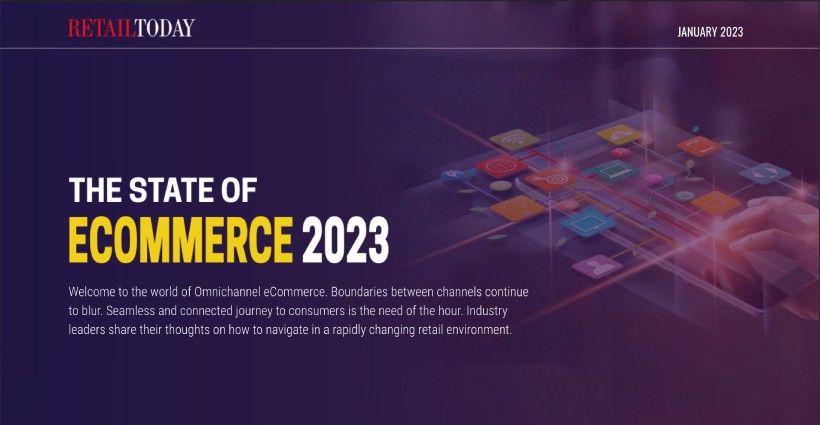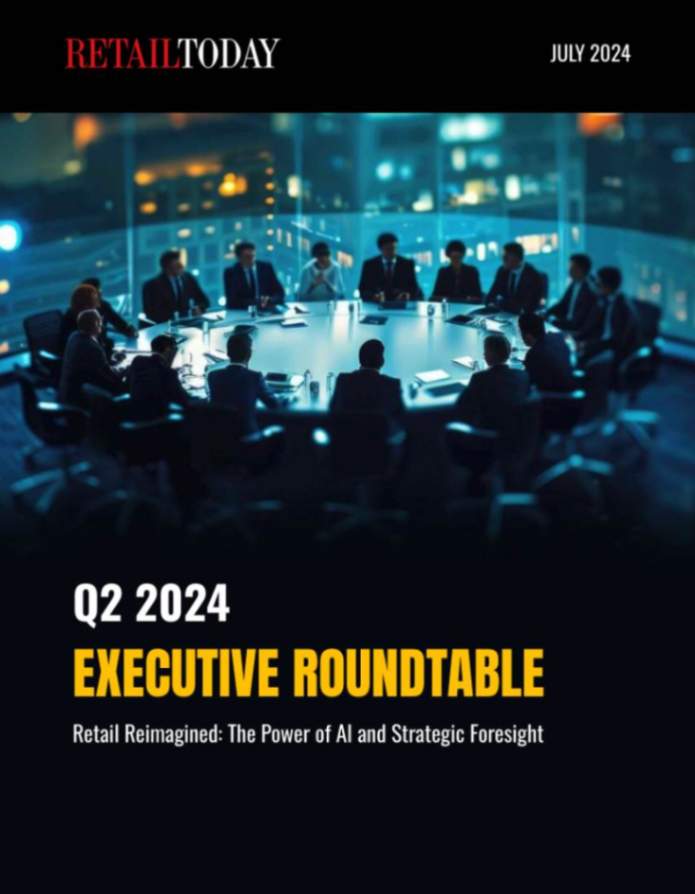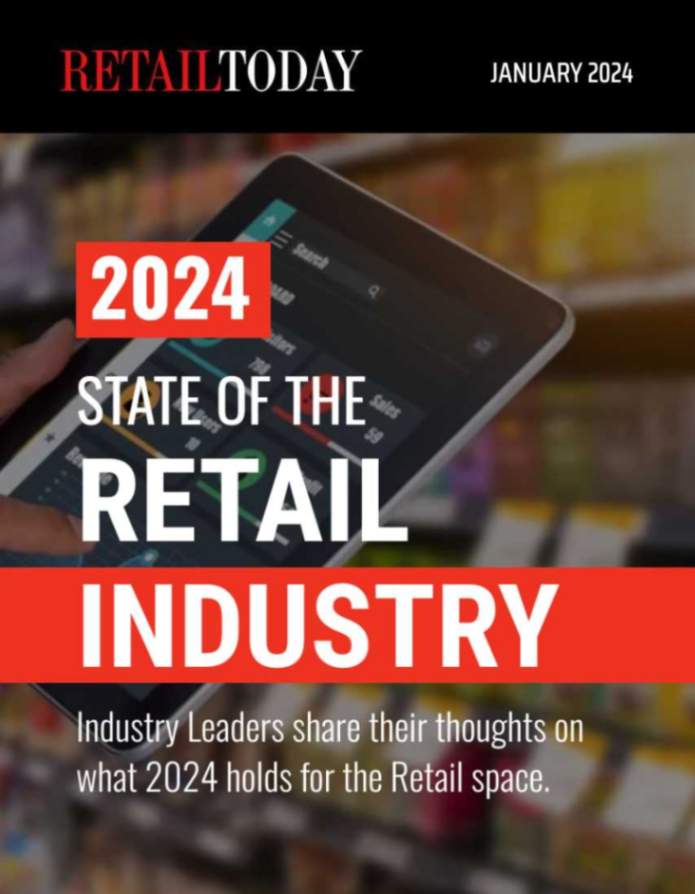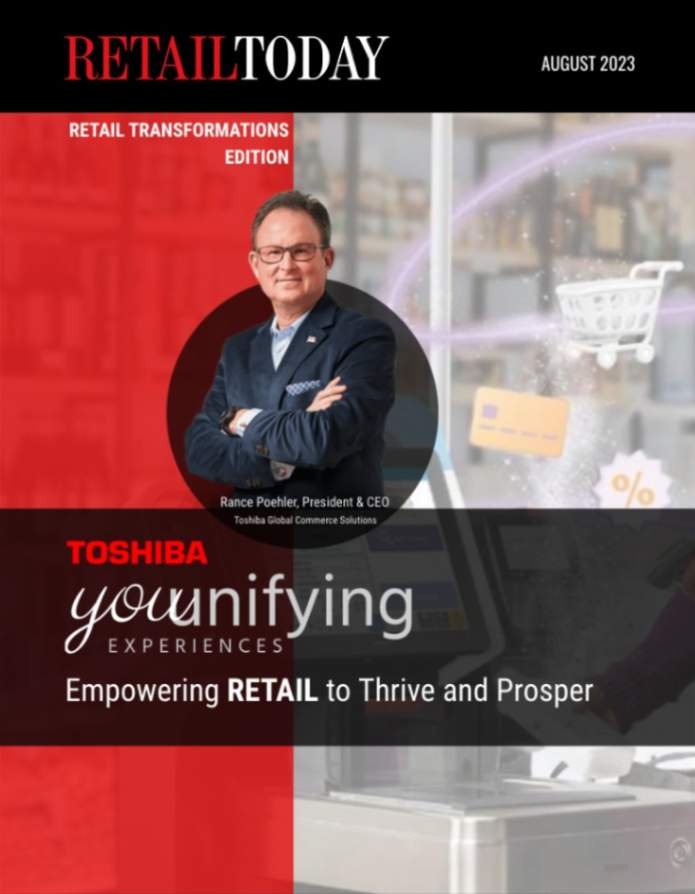
In our modern world, reconceptualizing the traditional requires a completely new way of creative thinking that adopts with the times. The shifts in society are plenty, yet notably, the conventional modes of commerce have become shaped into a new mold—eCommerce. The rhythm of eCommerce and online retail took on a meteoric rise, and brands around the world were seeking a fresh, futuristic trajectory that would create brand recognizability in an overwhelmingly saturated market. With many brands adopting experiential eCommerce, or experiential retail, challenging established industry marketing standards have become more important than ever before.
Experiential is Human-Centric
Experiential eCommerce isn’t simply transfiguring commerce into something much more innovative but also building human connections that are consumer-centric. 73% of consumers are more likely to convert to a brand that offers a personalized user experience. When consumers are able to attain the feeling of a tailored experience, it builds brand memorability and loyalty that are built on emotional connections. From augmented and virtual try-ons or personalized quizzes that lead the user down the pathway to a personalized rendition of a product, modern-day users are more likely to remember a brand’s products as they are tailored specifically to their needs.
Along with the human-centric brand experience, personal forms of eCommerce also leave users with a sense of confidence that the product purchased will work for them since it is based on their specific needs. Incorporating user journeys that lead to a user-specific outcome has a lot of brands leveraging the personal and ditching traditional eCommerce expectations. Further with unique point-of-sale strategies such as augmented reality eCommerce, experiential focus its mission on sensory marketing and immersive experiences that encourage brand memorability. Although sensory marketing is not new to the commerce scene, it has now become incorporated into eCommerce modes of marketing through interactive digital products such as websites, immersive interfaces, or gamification marketing that drive engagement.
Subverting the Traditional
ECommerce has dominated traditional modes of consumerism such as brick-and-motor locations, yet some aspects of the online world have overlapped with physical spaces and vice versa. Most notably, many brands have begun to leverage “unmanned” services in which a store location does not attain any associates or cashiers—imitating the eCommerce shopping experience. To drive convenience, quickness, and ease, consumers shop utilizing touch screens, augmented reality, or even their smartphones. Famously, Amazon Go or Amazon Fresh began incorporating this style of consumerism which subverted traditional commerce expectations and leaned heavily on an experiential mode. Additionally, retail brand Reformation, also engaged in this new approach to shopping with unmanned store technology that allows shoppers to shop via touch screens and propriety technology that places the shoppers selected merchandise into their dressing room—contact free.
Conversely, it is eCommerce practices that are implementing standardized commerce into their interfaces that are subverted into an innovative approach. With conversational eCommerce, digital products such as websites or mobile applications are delving into that human-centric approach with tools that replicate assistance in real-time from an in-person associate. Tools such as AI chatbots live chats, and virtual assistants, elevate the user experience through convenience and technology. According to Salesforce, the use of AI chatbots are still quite low with a mere 23% of companies incorporating this experiential style into their websites or digital products, however, it is expected to grow within the next few years.
Experiential eCommerce is all about placing the experience at the centerfold of a product to drive engagement and conversion rates. Entertainment, leisure, and technology are shifting brand authenticity and recognizability for the better. Whether it is found in physical pop-up events, websites, mobile applications, or brand design, experiential design in eCommerce is changing the world of consumerism as we know it.
Goran Paun has spent the better part of his career helping companies apply a positive impact to their branding through UX Design. Goran has given a unique style and tonality to numerous corporate identities, household names, and notable brands through his sought-after design skills. In 1999, Goran founded ArtVersion, a full-service, graphic, and interactive design agency. Throughout its history, ArtVersion has provided valuable web design, UI/UX, multimedia, corporate identity, and marketing services to countless clients, including Fortune 500 companies. As a pioneering member of the UX Design discipline, Goran’s comments and insights are regularly published in newspapers, magazines, and local and national print publications. These include well-known papers such as the Chicago Tribune, Chicago Magazine, Fast Company, Forbes, Entrepreneur Magazine, Crain’s Chicago Business, and Ad Age.

